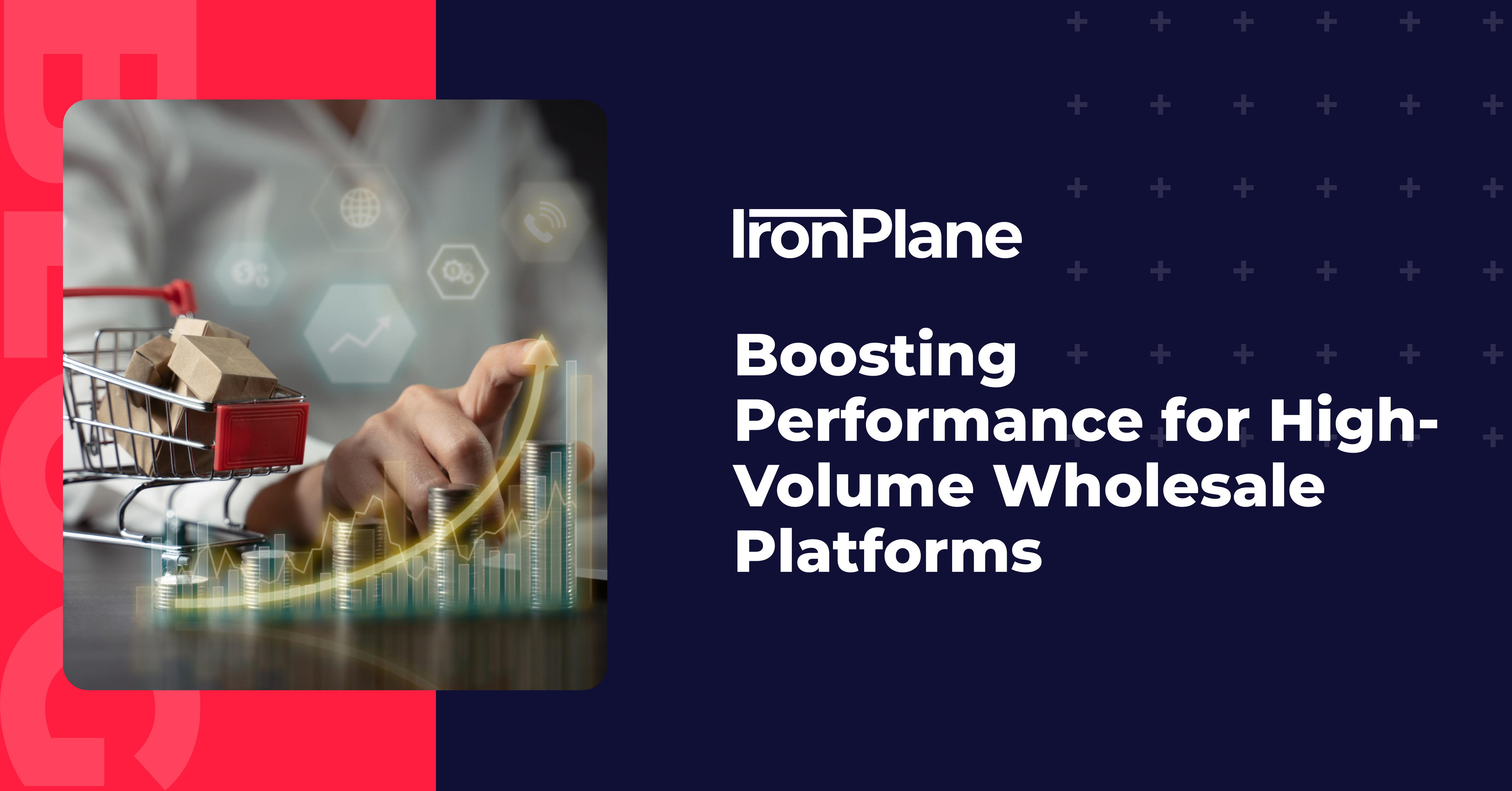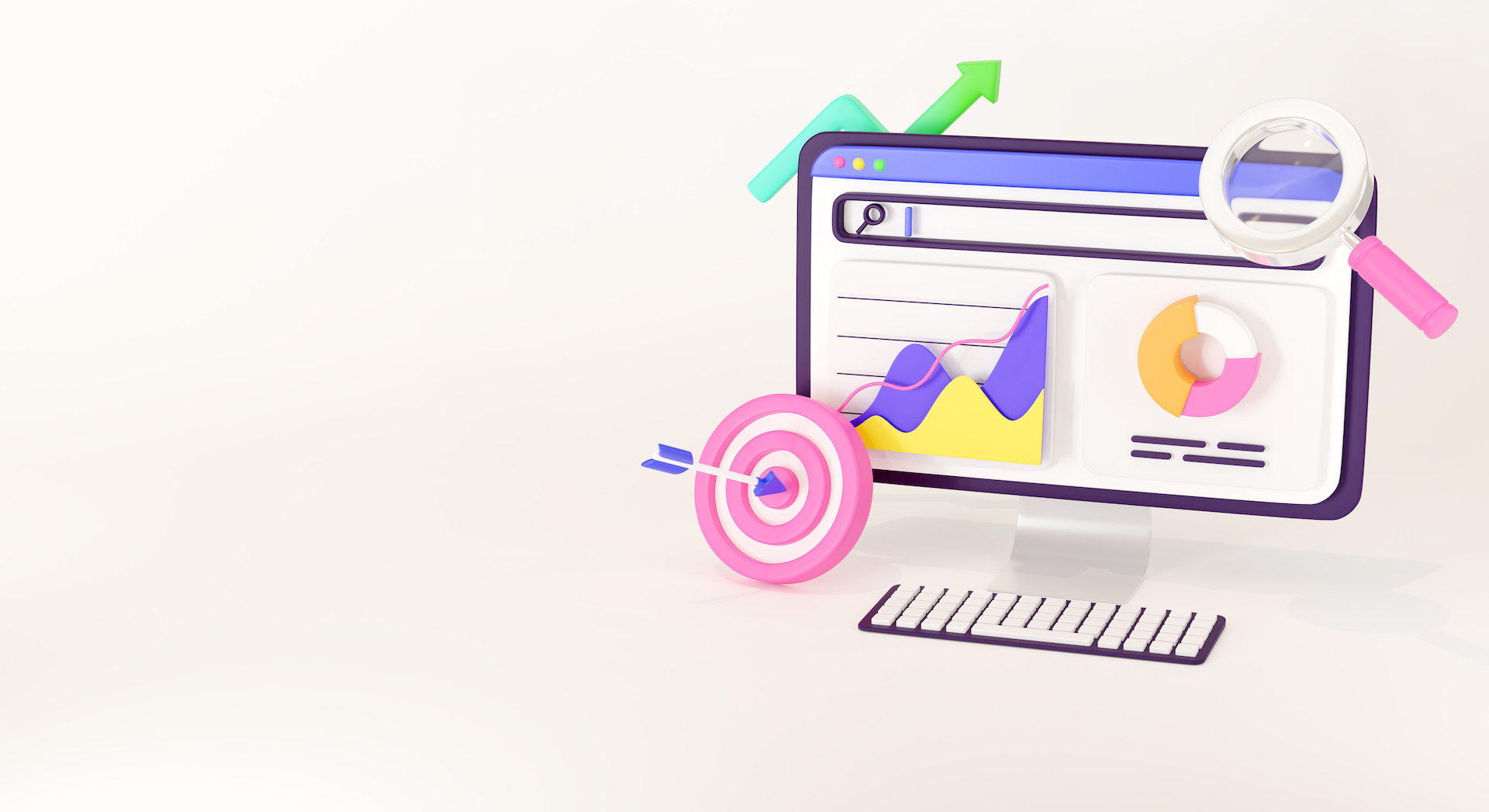Magento Site Optimization: 2024 Guide (With 5 Tips & Examples)
Our Magento site optimization guide covers best practices to improve website performance. We also review our development agency's process and case studies.

Delivering a fast, reliable, and scalable website is non-negotiable — customers expect smooth experiences, regardless of traffic spikes or heavy multimedia content. If your website falters, whether through sluggish load times or crashes during peak demand, it can significantly impact both your reputation and bottom line.
This first article in our eCommerce Optimization Series focuses on website scaling and performance — two critical components for a successful online store. By the end of this guide, you'll have actionable insights to improve your site’s infrastructure and user experience, ensuring it performs optimally no matter how much traffic you attract.
Performance is a vital aspect of any eCommerce site. Studies have shown that even a one-second delay in page load times can reduce conversions by 7%, and 40% of users abandon a website that takes more than 3 seconds to load.
Fast loading times are essential for a positive user experience, and Google now incorporates site speed as a ranking factor in search results. The implications for eCommerce businesses are immense—faster sites not only retain customers but also rank better in search engines, giving you a competitive advantage.
Key Performance Metrics to Monitor:
Understanding these metrics allows you to pinpoint performance issues and focus on optimizing areas that directly impact user experience and search rankings.
As your eCommerce site grows, so do your traffic demands. Website scaling refers to your website’s ability to handle increasing numbers of users, transactions, and data without compromising performance. This process is especially important during seasonal sales, product launches, or viral marketing campaigns that can lead to sudden traffic surges.
There are two types of scaling to consider:
Each method has its pros and cons, and understanding which one is right for your business depends on factors like traffic patterns, budget, and your specific server architecture.
Related: How To Balance eCommerce Scalability & Performance
Now that we’ve established why performance and scaling matter, let’s dive into specific actions you can take to optimize both.
Images are one of the leading contributors to slow loading times. High-quality product images are essential for eCommerce, but without optimization, they can bog down your site.
Tips for Image Optimization:
A CDN stores copies of your site’s content across multiple geographic locations. When users access your site, the CDN delivers the content from the server nearest to them, reducing latency and improving load times.
Top CDNs for eCommerce:
Caching stores copies of your website’s files on the user’s device, reducing the need to re-download assets during future visits. This can drastically cut load times for repeat visitors.
Caching Methods:
JavaScript is a powerful tool for interactivity, but when it's loaded synchronously, it can block other elements from loading. By using asynchronous loading, you can ensure that other critical resources, like images and text, load first.
You can also implement deferred loading, which delays non-essential JavaScript until after the page has fully rendered, improving the perceived speed of your site.
To ensure your website doesn't crash during high-traffic periods, you need a system that can automatically scale to meet demand.
Autoscaling solutions allow your server resources to dynamically increase or decrease based on real-time traffic. Popular platforms like Amazon Web Services (AWS), Google Cloud Platform (GCP), and Microsoft Azure offer autoscaling features that detect increased load and allocate more resources accordingly.
Why Use Autoscaling?
Optimization is not a one-time effort. Continuous testing and monitoring are key to maintaining your website's performance over time. Tools like Google Lighthouse, GTMetrix, and Pingdom offer in-depth performance insights and suggestions for improvement.
Consider performing regular load testing to simulate traffic spikes and measure how your website holds up. You can use services like Loader.io or BlazeMeter to stress-test your website and identify any bottlenecks that may arise during peak traffic periods.
Optimizing your website’s performance and scalability is fundamental to your eCommerce success. With proper planning, autoscaling solutions, and performance optimization techniques like image compression, CDNs, caching, and JavaScript deferment, you can ensure that your website delivers a seamless experience—even during high traffic periods.
By making these improvements, you'll increase customer satisfaction, boost search rankings, and ultimately drive more sales. Don't wait for the next traffic surge to highlight vulnerabilities in your website. Start implementing these strategies today and build a scalable foundation for the future.
If your website frequently experiences slowdowns, downtime, or poor performance during high-traffic periods, it may be time to scale. Common indicators include increased load times, higher bounce rates, and customer complaints about slow service. You should also look for server resource strain, such as CPU or memory usage nearing capacity, which can suggest that your infrastructure is struggling to keep up with demand. Regularly monitor traffic patterns, server performance, and key metrics to determine when scaling is necessary.
Failing to scale your website as traffic increases can lead to several issues. First, your site may crash or experience downtime during peak periods, resulting in lost sales and damage to your reputation. Additionally, slow load times can frustrate users, leading to a higher abandonment rate and decreased customer loyalty. Overloaded servers can also become more vulnerable to security breaches, as they may struggle to handle malicious traffic spikes like DDoS attacks. Ultimately, not scaling can result in lost revenue and missed growth opportunities.
Database optimization is critical when scaling a website because the database is often a bottleneck for performance. As traffic and data grow, poorly optimized databases can slow down site operations, affecting everything from loading times to the checkout process. To improve scalability, you should ensure efficient query processing, index databases properly, and regularly clean up unnecessary data. Additionally, implementing database partitioning and replication strategies can help distribute load across multiple servers, improving performance during traffic surges.

Our Magento site optimization guide covers best practices to improve website performance. We also review our development agency's process and case studies.

Wholesale platforms face unique challenges when it comes to performance optimization. With large catalogs, high transaction volumes, and complex B2B requirements, these platforms need robust strategies to ensure smooth operations and satisfied customers.

Unlock top optimization best practices from seasoned BigCommerce developers. Elevate your online store's performance and user experience today.